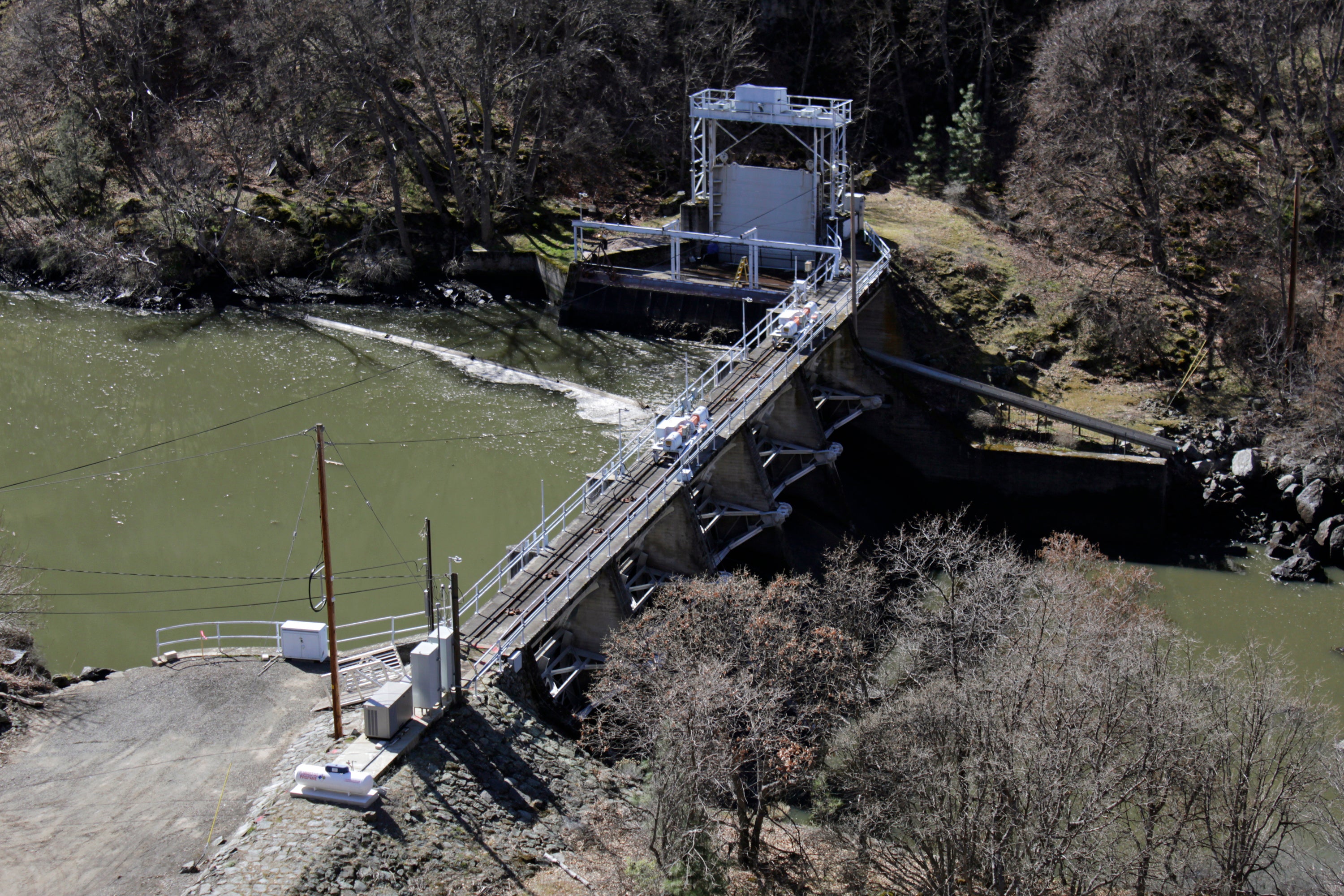Why is California undertaking the largest dam removal project in history? ‘Our existence depends on it’
The $500m proposal could begin as early as this summer and is schedule to finish sometime in 2024

Your support helps us to tell the story
From reproductive rights to climate change to Big Tech, The Independent is on the ground when the story is developing. Whether it's investigating the financials of Elon Musk's pro-Trump PAC or producing our latest documentary, 'The A Word', which shines a light on the American women fighting for reproductive rights, we know how important it is to parse out the facts from the messaging.
At such a critical moment in US history, we need reporters on the ground. Your donation allows us to keep sending journalists to speak to both sides of the story.
The Independent is trusted by Americans across the entire political spectrum. And unlike many other quality news outlets, we choose not to lock Americans out of our reporting and analysis with paywalls. We believe quality journalism should be available to everyone, paid for by those who can afford it.
Your support makes all the difference.US regulators have approved the largest dam removal project in the country’s history, which is slated to take place on the Klamath River in California.
The Associated Press reports that a $500m proposal to demolish four dams on the Klamath River has been approved by the Federal Energy Regulatory Commission.
The project has been a priority for environmental activists and Native American tribes for years.
The Klamath River plays an important role in the lives of the Urok, Karuk and Hoopa Valley tribes as well as farmers who live in the region. Native Americans have relied on the river for salmon fishing for generations and were a major driving force behind the project’s adoption.
FERC Chairman Richard Glick told the AP the dams had a negative impact on the surrounding environment.
“Some people might ask in this time of great need for zero emissions, ‘Why are we removing the dams?’ First, we have to understand this doesn’t happen every day … a lot of these projects were licensed a number of years back when there wasn’t as much focus on environmental issues,” he said. “Some of these projects have a significant impact on the environment and a significant impact on fish.”
Some members of the affected tribes lit a bonfire on the river’s banks and watched FERC’s vote in anticipation of its passage.
FERC Commissioner Willie Phillips noted their gathering, saying: "I understand that some of those tribes are watching this meeting today on the [river] bar, and I raise a toast to you."
Copco 2, the smallest of the dams, is set to be demolished as early as this summer. The rest of the dams will be slowly drained beginning in early 2024, and demolished later that year.
Members of the Karuk tribe pointed to the climate crisis and the dams as reducing the salmon population in the river. The tribes rely on the salmon as a major resource in addition to fishing being a traditional part of their culture.
“I got two grandsons that are 3 and 1 years old. I’ve got a baby grandson coming this fall. I’m a fourth-generation fisherman, but if we don’t save that one fish going up the river today, I won’t be able to teach them anything about our fishing,” Aaron Troy Hockaday Sr, a Karuk citizen, told the Associated Press. “How can I teach them how to be fishermen if there’s no fish?”
In the past, tribes like the Karuk have asked the Bureau of Reclamation to release pulses of extra water from the Upper Klamath Lake’s dam, allowing for additional water flow downriver that helps to mitigate the outbreak of a parasite that proliferates when water levels are low. However, this year the agency denied the request citing the ongoing drought in the region.
As a result, the parasites are killing thousands of juvenile salmon in the lower reaches of the river where tribes like the Karuk and Yurok fish.
The removal of the dams will allow the free-flow of water downriver once again, which tribal citizens hope will prevent mass die-offs of salmon caused by the parasite.
Homeowners on Copco Lake, a large reservoir created by one of the dams, were staunchly opposed to the removal project, citing worries that local taxpayers would bear the burden of flooding or liability issues created by the removal.
They also argued that ocean conditions were largely responsible for the salmon’s issues, and that removing the dams would not solve the problem the tribes face.
“The whole question is, will this add to the increased production of salmon? It has everything to do with what’s going on in the ocean [and] we think this will turn out to be a futile effort,” Richard Marshall, head of the Siskiyou County Water Users Association, told the Associated Press. “Nobody’s ever tried to take care of the problem by taking care of the existing situation without just removing the dams.”
The fate of the Klamath River salmon is yet to be determined, but in the meantime, Frankie Myers, the vice chairman for the Yurok tribe, is celebrating the victory.
“We’ve been doing this a long time and we’ve been let down so much over the last two decades,” he told the outlet. “If there’s still salmon in the water, they have a chance and we have a chance. ...They will come down. They have to come down. Our existence depends on it.”
Join our commenting forum
Join thought-provoking conversations, follow other Independent readers and see their replies
Comments